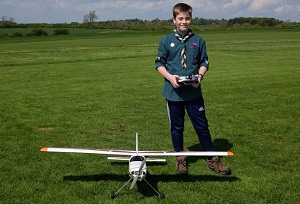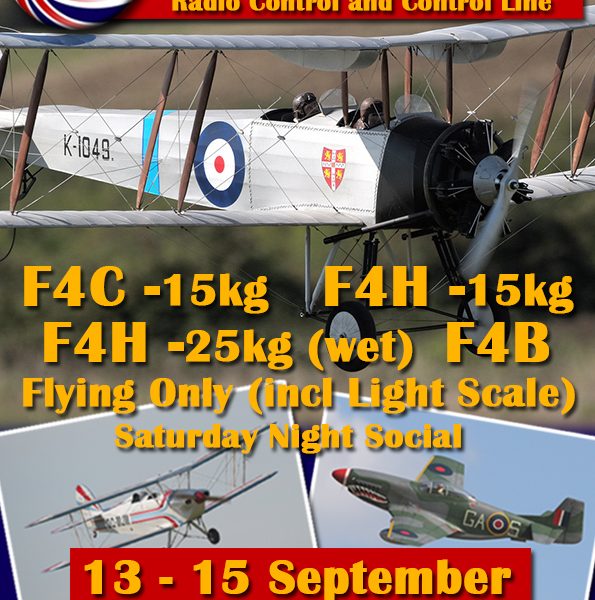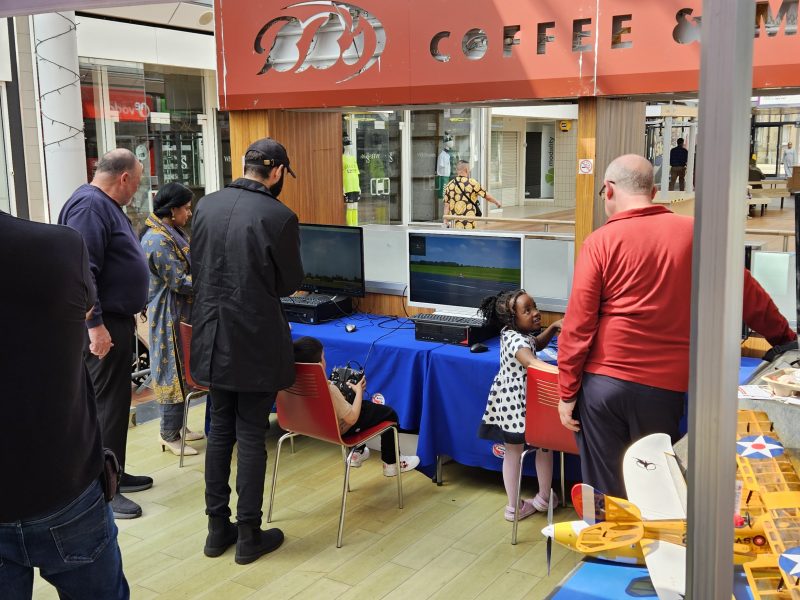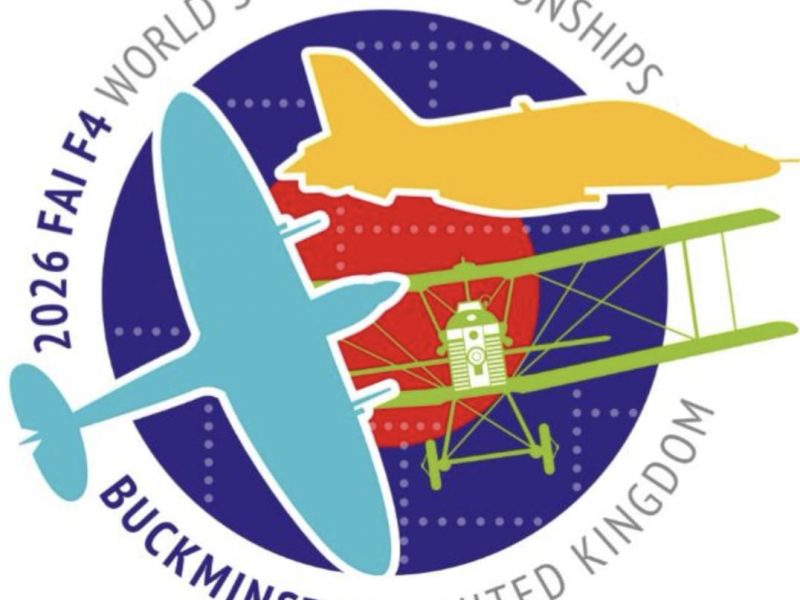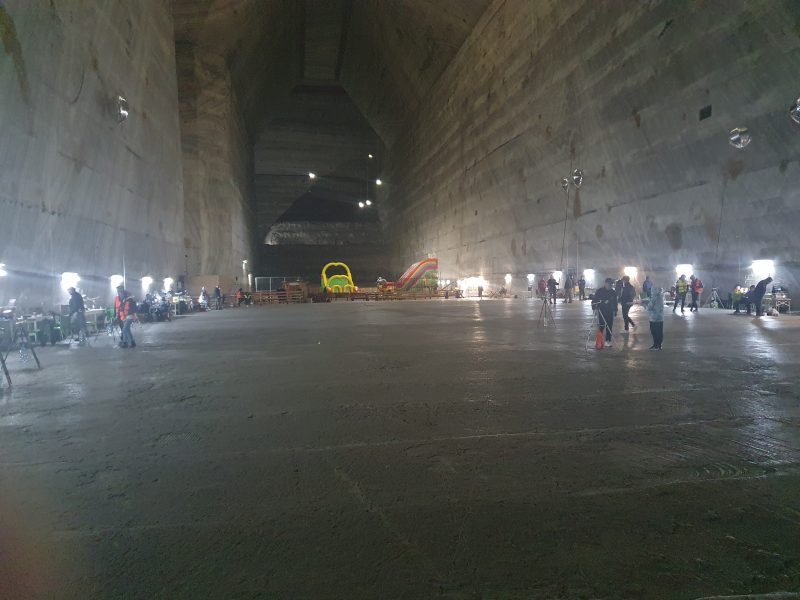A radio-controlled model aircraft is a small flying machine that is controlled remotely by an operator on the ground using a hand-held radio transmitter. The transmitter communicates with a receiver within the craft that sends signals to servomechanisms (servos) which move the control surfaces based on the position of joysticks on the transmitter. The control surfaces, in turn, affect the orientation of the plane.
Flying RC aircraft as a hobby and sport, both indoors and out, has been growing worldwide with the advent of more efficient motors (both electric and miniature internal combustion or gas turbine (jet) engines, lighter and more powerful batteries and less expensive radio systems. A wide variety of models and styles is available.

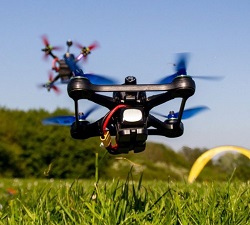
History
The earliest examples of electronically guided model aircraft were hydrogen-filled model airships of the late 19th century. They were flown as a music hall act around theatre auditoriums using a basic form of spark-emitted radio signal. In the 1920s, the Royal Aircraft Establishment of Britain built and tested the pilotless Larynx, a monoplane with a 100-mile (160 km) range. It was not until the 1930s that the British came up with the Queen Bee, a gunnery target version of the de Havilland Tiger Moth, and similar target aircraft. Radio control systems for model aircraft were developed in the late 1940s and early 1950s by English enthusiasts such as Howard Boys, who patented his 'Galloping Ghost' system of proportional control and became a regular contributor to Aeromodeller on the topic.
Types
There are many types of radio-controlled aircraft. For beginners to the sport, there are park flyers and trainers. For more advanced pilots there are glow plug engine, electric powered and sailplane aircraft. For expert flyers, jets, pylon racers, helicopters, autogyros, 3D aircraft, and other high-end competition aircraft provide adequate challenge. Some models are made to look and operate like a bird instead. Replicating historic and little known types and makes of full-size aircraft as "flying scale" models, which are also possible with control line and free flight types of model aircraft, actually reach their maximum realism and behaviour when built for radio control flying.
